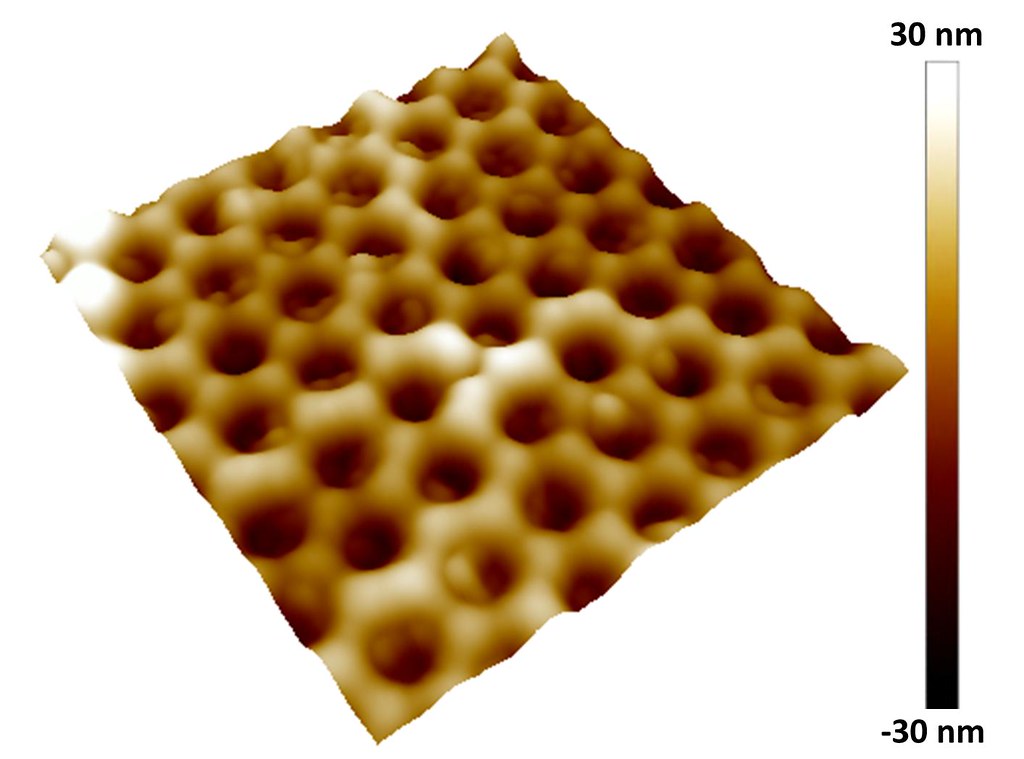Oregon: Type 1 diabetes patients may one day be able to monitor their blood
glucose levels and even control their insulin infusions via a
transparent sensor on a contact lens, a new Oregon State University
study suggests. The sensor uses a nanostructured transistor
– specifically an amorphous indium gallium oxide field effect
transistor, or IGZO FET – that can detect subtle glucose changes in
physiological buffer solutions, such as the tear fluid in eyes. Type 1 diabetes, formerly known as juvenile diabetes, can lead to
serious health complications unless glucose levels are carefully
controlled. Problems can include retinopathy, blindness, neuropathy,
kidney and cardiac disease.
Researchers in the OSU College of Engineering say sensors they
fabricated using the IGZO FET will be able to transmit real-time glucose
information to a wearable pump that delivers the hormones needed to
regulate blood sugar: insulin and glucagon.
The sensor and pump would, in effect, act as an artificial pancreas.
“We have fully transparent sensors that are working,” said Greg
Herman, an OSU professor of chemical engineering and corresponding
author on this study. “What we want to do next is fully develop the
communication aspect, and we want to use the entire contact lens as real
estate for sensing and communications electronics.
“We can integrate an array of sensors into the lens and also test for
other things: stress hormones, uric acid, pressure sensing for
glaucoma, and things like that. We can monitor many compounds in tears –
and since the sensor is transparent, it doesn’t obstruct vision; more
real estate is available for sensing on the contact lens.”
The FET’s closely packed, hexagonal, nanostructured network resulted
from complimentary patterning techniques that have the potential for
low-cost fabrication. Those techniques include colloidal nanolithography
and electrohydrodynamic printing, or e-jet, which is somewhat like an
inkjet printer that creates much finer drop sizes and works with
biological materials instead of ink.
The findings by postdoctoral scholar Xiaosong Du, visiting scholar
Yajuan Li and,Herman were recently published online in the journal
Nanoscale. The Juvenile Diabetes Research Foundation provided primary
funding for the research.
Google has been working on a glucose-monitoring contact lens but its version is not fully transparent.
“It’s an amperometric sensor and you can see the chips -- that means
it has to be off to the side of the contact lens,” Herman said. “Another
issue is the signal is dependent on the size of the sensor and you can
only make it so small or you won’t be able to get a usable signal. With
an FET sensor, you can actually make it smaller and enhance the output
signal by doing this.”
This research builds on earlier work by Herman and other OSU
engineers that developed a glucose sensor that could be wrapped around a
catheter, such as one used to administer insulin from a pump.
“A lot of type 1 diabetics don’t wear a pump,” Herman said. “Many are
still managing with blood droplets on glucose strips, then using
self-injection. Even with the contact lens, someone could still manage
their diabetes with self-injection. The sensor could communicate with
your phone to warn you if your glucose was high or low.”
The transparent FET sensors, Herman said, might ultimately be used
for cancer detection, by sensing characteristic biomarkers of cancer
risk. Their high sensitivity could also measure things such as pulse
rate, oxygen levels, and other aspects of health monitoring that require
precise control.
